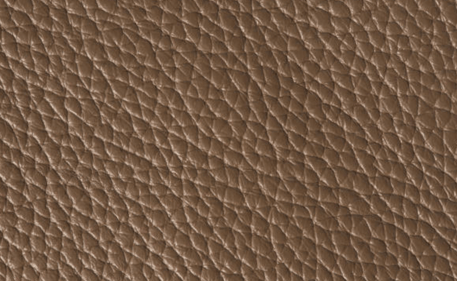Comparing Top Grain vs. Full Grain Leather
Let's delve into the key disparities between Top Grain and Full Grain leather, shedding light on what sets them apart.
There's an abundance of information circulating about Top Grain and Full Grain leather, and it's crucial to discern their implications for leather quality. With numerous inquiries cropping up, it's essential to clarify these terms to gain a comprehensive understanding.
To begin, Top Grain leather simply denotes that the natural grain and top layer of the leather remain intact, without any cuts. Despite the term "Top" potentially implying superior quality, it primarily signifies the preservation of the leather's outermost layer.
Essentially, unless it's suede or split leather, all leather falls under the category of Top Grain.

While Top Grain leather boasts durability, it's also susceptible to imperfections like scars, marks, and insect bites due to its unaltered surface.
Suede, on the other hand, emerges after separating the top grain from the hide, resulting in a fuzzy texture on both sides of the material. Split hides entail slicing or separating the hide to produce thinner, more pliable hides. Some embossed leathers originate from split hides since the removal of the top grain leaves behind a structureless surface. These are termed "embossed split leather."

In contrast, Full Grain Leather originates from the outermost layer of the hide, boasting a dense concentration of fibers. Importantly, it retains the original grain of the leather without any alterations during the tanning process. Any modification to the texture or surface classifies the leather as corrected grain leather, commonly known as corrected leather.
Embossing serves as a prime example of corrected grain, where a leather featuring coarse grain remains classified as full grain, while cowhide adorned with crocodile embossing is categorized as corrected leather.
The defining distinction lies in the treatment each receives: Top Grain Leather undergoes a sanding process to eradicate natural flaws, thereby facilitating dyeing or shaping. Conversely, Full Grain Leather retains its natural characteristics without alteration.
The debate over whether Top Grain is superior to Full Grain hinges on the absence of modifications. In essence, if a leather is Top Grain and unaltered, it is also considered Full Grain. However, it's crucial to note that these terms don't inherently signify quality; even inexpensive or lower-grade leathers can be labeled Top Grain. Instead, they indicate the layer of leather being purchased and any alterations it may have undergone.
For this reason, a piece of leather can concurrently embody traits of both Top and Full Grain.
Have you ever tried the Leather dye products we have in our shop?


